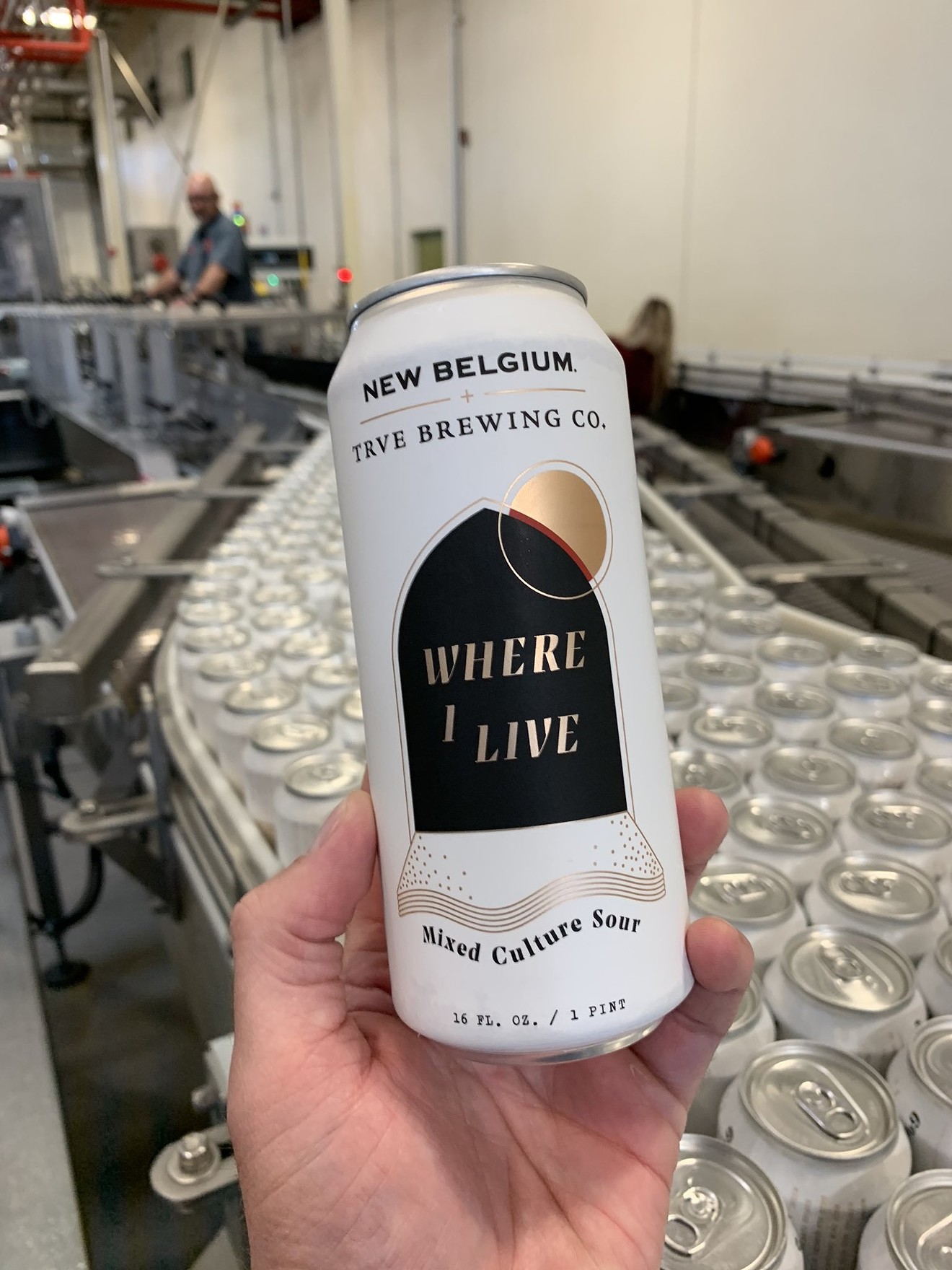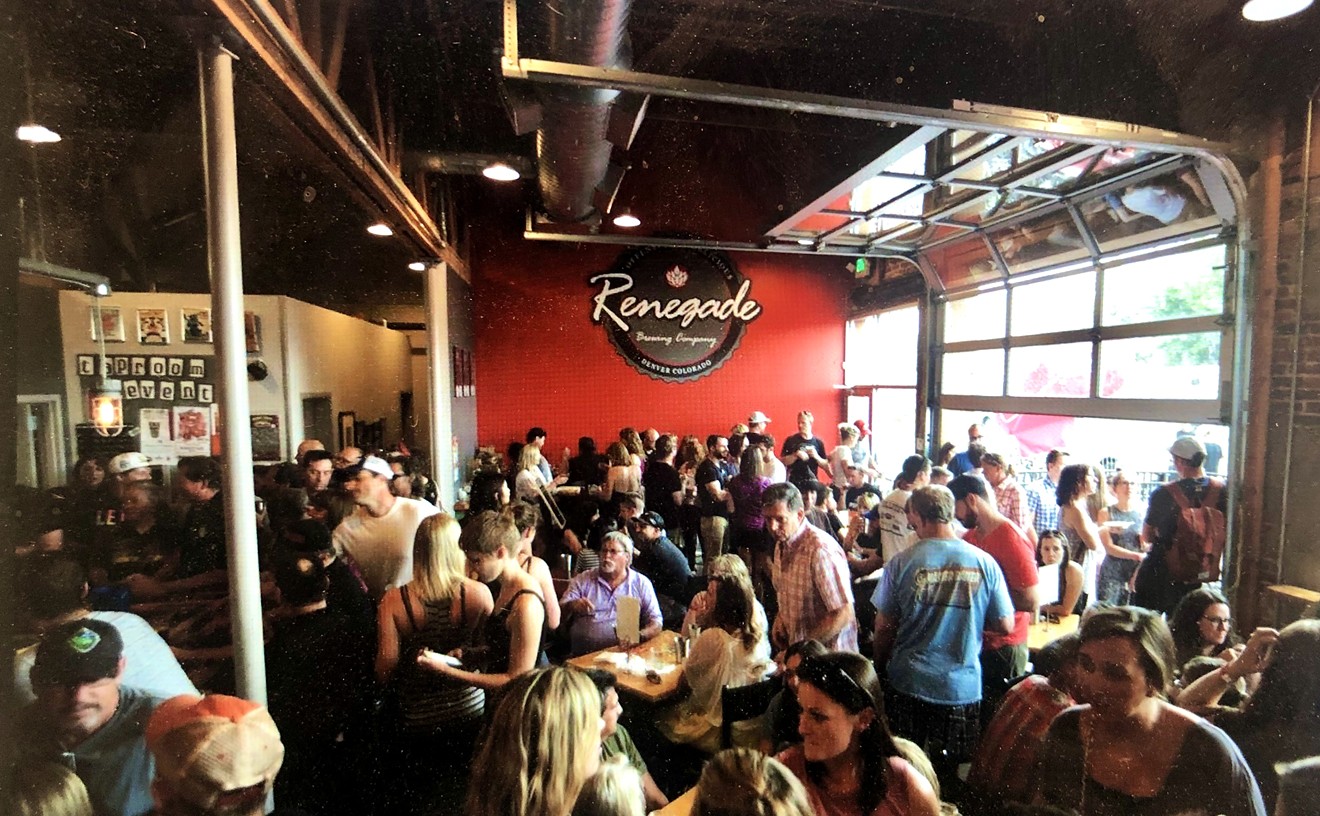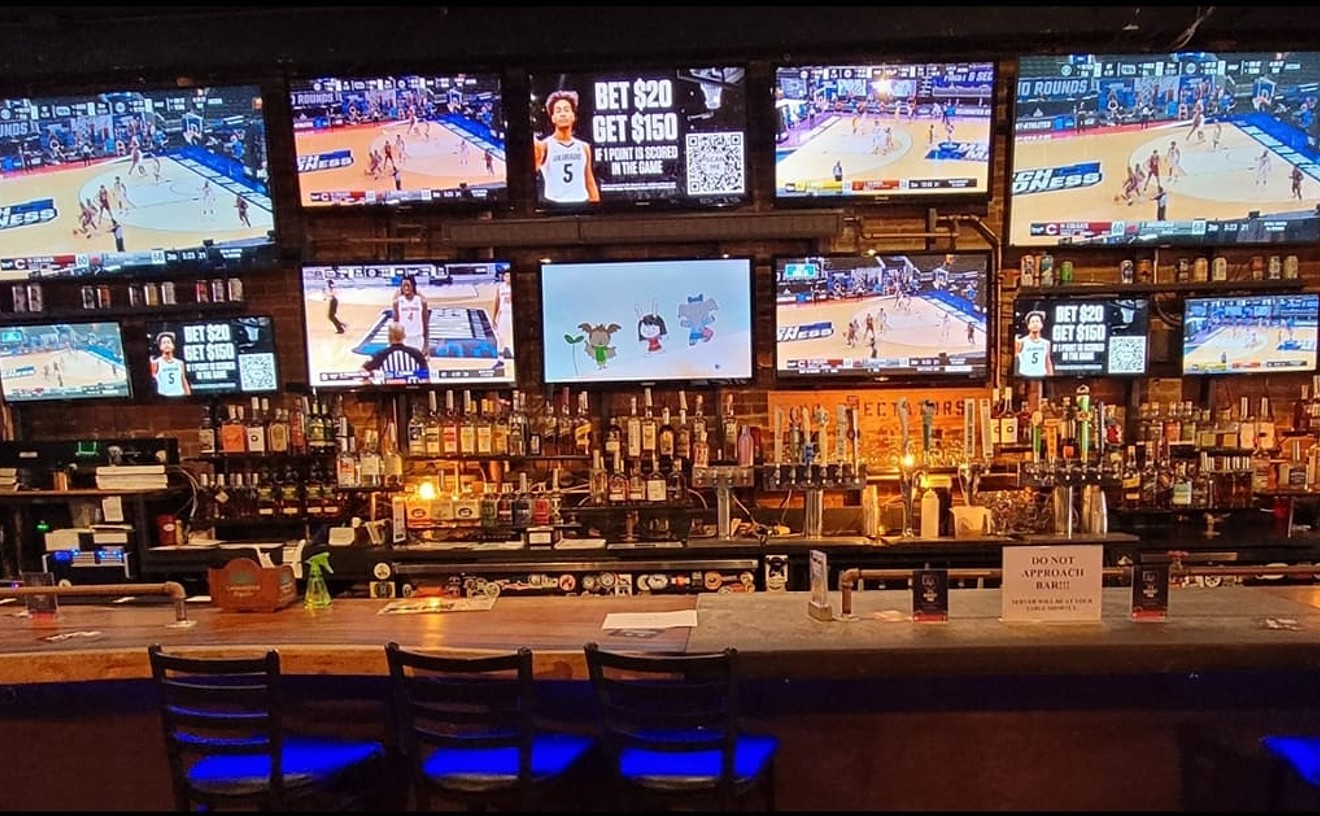When Nick Nunns talks about the “house culture” at TRVE Brewing, he means the unique cocktail of bacteria and other microorganisms that the brewery uses to ferment its sour beers. But house culture could easily mean something else — the ethos that is behind everything TRVE does, from using local ingredients to pushing beer’s boundaries to flaunting expectations.
When Andrew Emerton talks about the “house culture” at New Belgium Brewing, he also means the brewery’s special mix of bugs. But again, the term could mean something different.
“One of the things that I always respect about our brewery is that we take a lot of pride in how we do business. We don’t really cut corners very often,” says Emerton, New Belgium's specialty brand manager. “I think that mindset has bled into everything we do, from sourcing raw materials to operations. A lot of it comes down to the culture of how we create — and how we go to market.”
Two beer companies: one the fourth-largest craft brewery in the country, the other a tiny, specialty operation. Similar cultures. Similar approaches to life and to beer.
The result of their affinity is "Where I Live" and "Where I Leave," two mixed-culture sours three years in the making, beers that could only have been created because of the breweries' like-minded ways — and, oddly enough, a tax law that allowed them to do something that isn’t typically legal: blend beers from the two separately owned breweries.
Blending is standard practice for most sour-beer producers, who work with a variety of wooden barrels, and sometimes unruly microorganisms, within their own breweries. The goal is to meld the nuances of each barrel into a single, superior finished product. But because of the way that the federal government regulates and taxes alcohol production, it was illegal until 2018 to blend beer from one brewery with beer from another.
Emerton and Nunns, who founded TRVE in 2012, had become friends years earlier through the beer bar and music scenes on Broadway (where TRVE's original brewhouse and taproom are located), and they began talking about a blend during the Great American Beer Festival in 2016. Since it was illegal at the time, they considered exporting beer to Canada and then bringing it back over the border, but it was too expensive. They investigated the possibility of doing the same in Mexico, but the regulatory hurdles didn’t make that option worthwhile either.
But when Congress passed the 2017 Craft Beverage Modernization and Tax Reform Act (backed by the Colorado-based Brewers Association), it included a provision allowing breweries to transfer beer between one another without any tax liability. The act expires on December 31, 2019, although a new version is currently being debated.
“It’s not easy for most breweries to do, but it’s very doable for barrel-aging breweries. And it’s done quite a bit in Belgium by breweries that buy lambic and blend their own,” says Emerton. In fact, New Belgium has been importing finished cherry lambic from Belgium (which is legal) to make its Transatlantique Kriek for seventeen years. But he thinks the brewery might now be the first to legally transfer finished beer in the U.S.
It’s something that “plays nicely into our wheelhouse, too,” Emerton adds.
Blending has long been part of the program at New Belgium, thanks in part to master blender Lauren Limbach (formerly Salazar), who has been using her finely tuned senses to blend wild and sour beers for years. “It’s an art form that usually goes unnoticed in the craft-beer world. But it is her expertise and a big part of what she does,” Emerton says. Blending is difficult enough because of New Belgium’s many barrels, and adding another brewery into the mix ups the ante.
And that’s where culture came in — both kinds of culture.
“So many collabs are just high-fives and hanging out and drinking beer. But when Lauren approaches one, she really tries to make sure there is a cool story or product or vendor or ingredient behind it,” Emerton explains.
That meant taking field trips to Troubadour Malting, a small craft barley grower and maltster in Larimer County, and to the Western Slope for whole-flower lavender. It meant using a yeast strain called kveik that New Belgium had never worked with and tasting through dozens of barrels and foeders (larger wooden vessels) to find the ones that matched best with TRVE. “Lauren is not about high-fiving, handing out pints and calling it a collaboration. She likes to get down and dirty.”
Sometimes that intensive process causes stress, but the end result justifies the effort. It certainly did for TRVE. “When we tasted the finished beer, it really proved that shipping the beer up there was well worth it,” Nunns says. “It tastes like both our house cultures and neither at the same time. It’s completely something other. We all believe that is what collaborations should be all about.
“The whole experience has been a mind-bender," he continues. "We’ve been working with [New Belgium] on this collab for three years now, and to see it finally take form and be a real packaged beer is amazing. I think this is the highwater mark for a lot of us here at TRVE in our beer careers.”
To make its version, TRVE blended some of New Belgium’s foeder sour with one of its own mixed-culture sours. The result was described as having notes of citrus, yeast and oak, with a mild funk and a crisp mouthfeel. TRVE bottled Where I Leave and debuted it at Collaboration Fest last March.
For New Belgium’s version, the brewery created a dark beer using Troubadour’s malts and the same Norwegian kveik yeast that TRVE worked with. Then the brewers transferred it to one of their huge 220-hectoliter foeders, blended it with some of TRVE’s mixed-culture sour and a decent amount of Oscar, one of New Belgium’s wood-aged beers that's rarely available un-blended, and let it sit for seven months on both house cultures. Finally, the whole batch was circulated over the whole-flower lavender and packaged into sixteen-ounce cans.
The finished product is called Where I Live, and it will be released in cans on November 29 for nationwide distribution. TRVE has saved some of its version and will re-release on the same date. Both beers are named for a song by Oathbreaker, a Belgian black-metal band.
Will the two breweries be able to do it again? That depends on whether the Craft Beverage Modernization and Tax Reform Act is extended. "We have become pretty close friends over the last few years, and the communications are pretty open between us," notes Emerton. So the culture is certainly present.
[
{
"name": "Air - MediumRectangle - Inline Content - Mobile Display Size",
"component": "12017618",
"insertPoint": "2",
"requiredCountToDisplay": "2"
},{
"name": "Editor Picks",
"component": "17242653",
"insertPoint": "4",
"requiredCountToDisplay": "1"
},{
"name": "Inline Links",
"component": "18838239",
"insertPoint": "8th",
"startingPoint": 8,
"requiredCountToDisplay": "7",
"maxInsertions": 25
},{
"name": "Air - MediumRectangle - Combo - Inline Content",
"component": "17261320",
"insertPoint": "8th",
"startingPoint": 8,
"requiredCountToDisplay": "7",
"maxInsertions": 25
},{
"name": "Inline Links",
"component": "18838239",
"insertPoint": "8th",
"startingPoint": 12,
"requiredCountToDisplay": "11",
"maxInsertions": 25
},{
"name": "Air - Leaderboard Tower - Combo - Inline Content",
"component": "17261321",
"insertPoint": "8th",
"startingPoint": 12,
"requiredCountToDisplay": "11",
"maxInsertions": 25
}
]
















